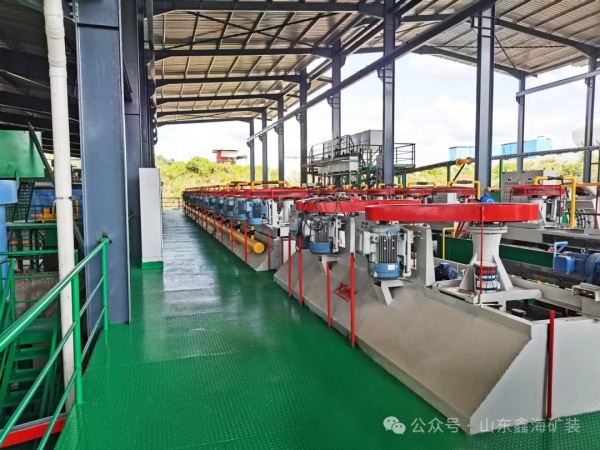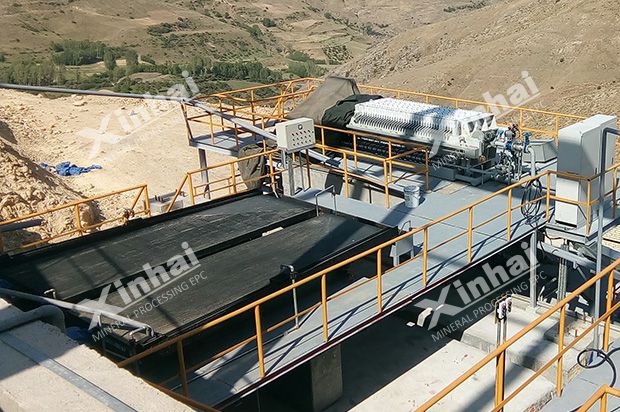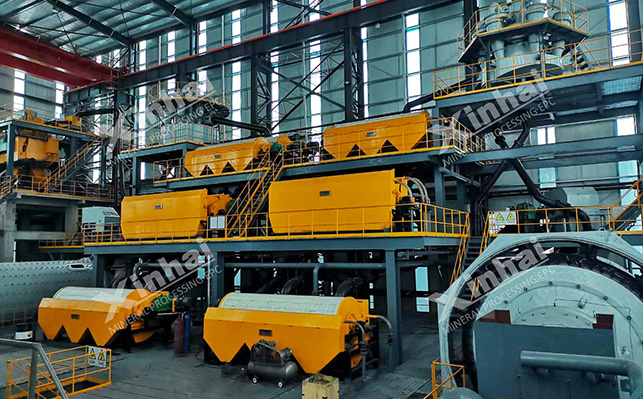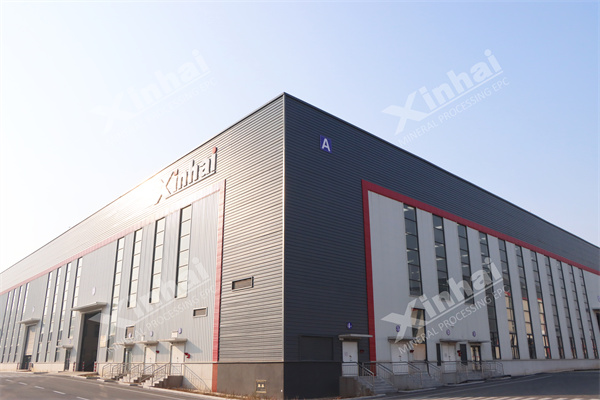If you want to know more information (such as product/process price, etc.), please contact us 24-hour telephone
High grade nickel ore processing starts with knowing the basics of nickel deposits. These deposits split into two main kinds: sulphide and laterite ores. Sulphide ores usually go through hot, fiery methods called pyrometallurgy. Laterite ores, though, need trickier wet processes called hydrometallurgy. Honestly, it’s fascinating how different these ores are!
From High-Pressure Acid Leaching (HPAL) for laterite ores to fiery smelting for sulphide ores and wet methods for nickel laterites, the mining world uses many ways to pull out nickel and turn it into valuable concentrate.
The choice of method depends on the ore’s makeup, its quality, and eco-friendly concerns. For high grade sulphide ores, flotation and smelting shine because they grab high-value concentrates well. But with rising global demand and varying ore quality, smarter strategies for high grade nickel ore processing are now super important.

Flotation is a key step for high grade sulphide nickel ores. It separates valuable minerals from worthless rock by using their surface traits.
New chemicals and better-designed flotation tanks have boosted how much nickel we recover and how pure it is. For instance, special chemicals, called collectors, match the ore’s unique makeup. They help pick out nickel while keeping iron or magnesium minerals at bay.
Take a real example from Canada’s Sudbury Basin. Miners there upgraded to modern flotation tanks with automatic chemical feeders. They saw a 5% jump in nickel recovery and cut energy use by 12%. This shows how new tech can save money and help the planet. Pretty impressive, right?
Beneficiation means prepping the ore to make it better before the main processing. For high grade ores, this includes crushing, grinding, magnetic sorting, and gravity methods.
New tools, like sensor-based ore sorting, check the ore’s makeup instantly. This lets miners toss out junk rock early, sending cleaner ore to the next steps.
In Australia, one mine used X-ray sorting to improve their nickel feed. They boosted their mill’s output by 15% without needing bigger equipment. That’s a solid win for advanced strategies in high grade nickel ore processing!
HPAL is mostly for laterite ores, not high-grade sulphides, but it’s a big leap in nickel processing tech.
Processing laterite nickel ores leans heavily on High-Pressure Acid Leaching (HPAL). The steps are: crush and grind the ore, mix it with sulfuric acid, heat it under high pressure, and then separate the liquid holding dissolved metals like nickel and cobalt.
HPAL takes a lot of energy and money to set up. Yet, it pulls more metal from low-quality ores and grabs cobalt, a key battery ingredient, too.
Some mines are trying HPAL for mixed sulphide-laterite ores to get the most metal out. This shows how advanced strategies in high grade nickel ore processing are bending to fit different ore types.

Bioleaching is a new, green way to process sulphide ores. It uses tiny microbes to break down sulfide minerals and free up metals.
Experts are testing new ideas like bioleaching and direct nickel solvent extraction. These aim to work better, cost less, and harm the environment less.
In South Africa, small test projects used friendly bacteria to leach pentlandite, the main nickel mineral, from crushed ore piles over weeks. It’s slower than old-school smelting, but it cuts emissions and chemical use big time.
This makes bioleaching great for far-off or eco-sensitive spots where regular smelting might break local rules. It’s a cool step toward greener mining.
Good plant design is crucial for affordable, effective high grade nickel ore processing. A smart plant uses data about the ore’s makeup and builds flexible systems that handle changing ore types.
Key things to think about include:
Modular setups that can grow
Energy-saving crushing circuits
Systems to reuse water
Real-time checks with IoT sensors
In one case, Xinhai Mining built a modular plant for a Southeast Asian client with tricky sulphide ore. They added dense media separation (DMS) before flotation. This cut energy use by 20% while keeping the product top-notch. It’s a great example of how clever design pays off.

Old-school methods like smelting are straightforward but costly. They use tons of energy, make pollution, and aren’t flexible. Meanwhile, advanced strategies bring big upgrades:
Better flotation picks out nickel cleaner.
Sensor sorting makes the ore feed better.
HPAL uses more types of ore.
Bioleaching is kinder to the environment.
Processing nickel laterite ores often uses a wet method with these steps: leaching with acid or ammonia, cleaning the liquid, pulling out metals, and using solvent extraction or electrowinning based on the final product.
These new ways fit today’s needs better. Rules and customers push for greener tech that still makes money. It’s a tough balance, but advanced strategies in high grade nickel ore processing are nailing it.
Moving forward, a few trends will shape high grade nickel ore processing:
Digital Twins & AI: Virtual plant models let miners test ideas before building. This saves time and cash.
Hybrid Systems: Mixing fiery and wet methods, or even bioleaching, builds systems that handle all ore grades.
Green Chemistry: New, earth-friendly chemicals for solvent extraction are popping up.
Circular Economy: Reusing mine waste to grab leftover metals adds value and cuts waste.
With batteries in high demand and tougher eco-rules worldwide, only those using advanced strategies for high grade nickel ore processing will stay ahead. It’s a fast-changing game!

Mining companies face big hurdles today. Old equipment racks up high costs. Strict eco-rules limit old methods. Picking the best tech from so many new options is tough.
Xinhai Mining offers a full solution with its EPC+M+O model. It covers everything from exploration advice to building and running plants. In a Southeast Asian project with complex polymetallic sulphide ores, Xinhai’s all-in approach lifted recovery by 10%, slashed water use by 30%, and paid back fully in two years. That’s the power of smart planning!
Contact us for custom nickel ore processing solutions that blend performance with green goals. Let’s make mining better together.